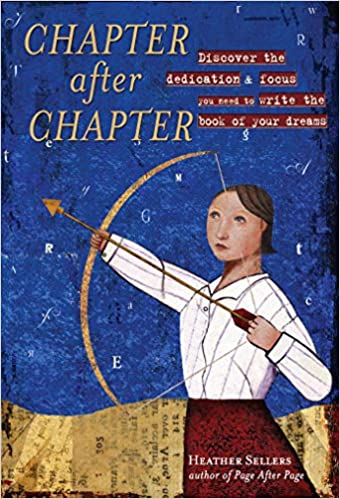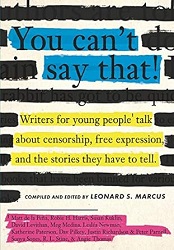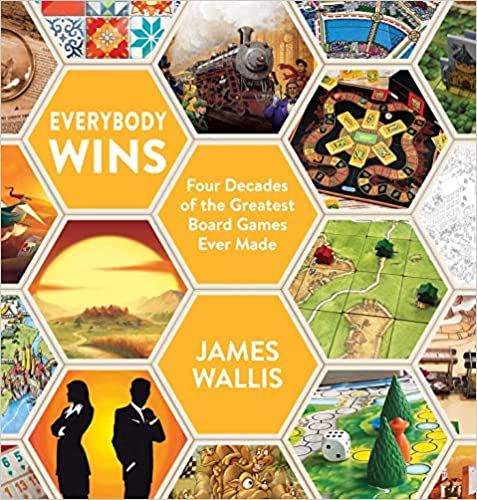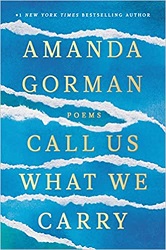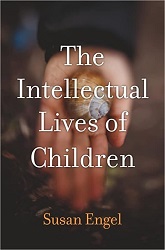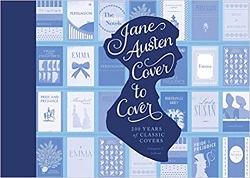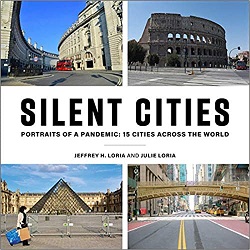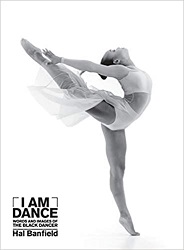Review of Chapter after Chapter, by Heather Sellers
Discover the Dedication & Focus You Need to Write the Book of your Dreams
by Heather Sellers
Writer’s Digest Books, 2007. 242 pages.
Review written January 6, 2022, from my own copy.
Starred Review
This is a book about writing a book.
The chapters are short, good for a short burst of inspiration and thought. They include exercises, which I did not do (for the most part). I freely admit, I would have gotten more out of this book if I had done the exercises. Do the exercises!
It also took me a very long time to read this book, but when I did pull it out and dip into it, it helped keep me on track and helped keep me going on writing a book. In fact, it helped me remember that I did want to write a book and to start a new project when the pandemic hit.
There are 33 chapters, and I especially liked Chapter 26, “Just Want to Be Done.” I read it when I was on the brink of falling into the “just want to be done” trap myself. At the end of 2021, I’d been working on a book since the start of 2020. But it goes slowly when I only give it my spare time. I can finish this project, but I need to keep going. I’ve still got another half a draft to go.
This gives you a taste of Heather Sellers role as the voice of experienced reason:
Every writer I know reaches this stage. “Just-want-to-be-done-itis” is a nasty little virus that typically strikes during the revision process. It’s like a wart. You pick at it. You obsess about it. I have worked so hard on this book. I have worked harder on this than anything else. I just want to be done. I don’t want to work any more.
What is really happening is a giant fear attack. You wish you were done – that it was good just like it is. You are scared to look at it again deeply, because you are afraid you’ll find hideous flaws, horrendous things you have said, idiotic sentences. You are afraid you won’t know how to fix these things. You wish you didn’t even know about the problem; you kind of close your eyes and tiptoe around.
Of course there’s always more work to do on any book, and at some point you have to let it go and call it Good Enough. But successful writers, published writers, continue to work on their books long after they first hear the “I’m done!” chant….
Writing this book will take a lot longer than you want it to take. Hasn’t everything fabulous in your life taken more time than you thought it would?
She tells you that the first few times you hear that voice, it’s time to step back and see what you can do to make the book better. And it did me good to realize that voice coming too soon is a normal part of the process.
There’s lots more in this book. It’s about the process of writing a book, from the beginning of having the idea to actually writing it to seeking a publisher and getting published. And it’s very much about the mental process you go through along the way.
Have you ever wanted to write a book? This book will help you do it.
Find this review on Sonderbooks at: www.sonderbooks.com/Nonfiction/chapter_after_chapter
Disclosure: I am an Amazon Affiliate, and will earn a small percentage if you order a book on Amazon after clicking through from my site.
Disclaimer: I am a professional librarian, but the views expressed are solely my own, and in no way represent the official views of my employer or of any committee or group of which I am part.
What did you think of this book?
